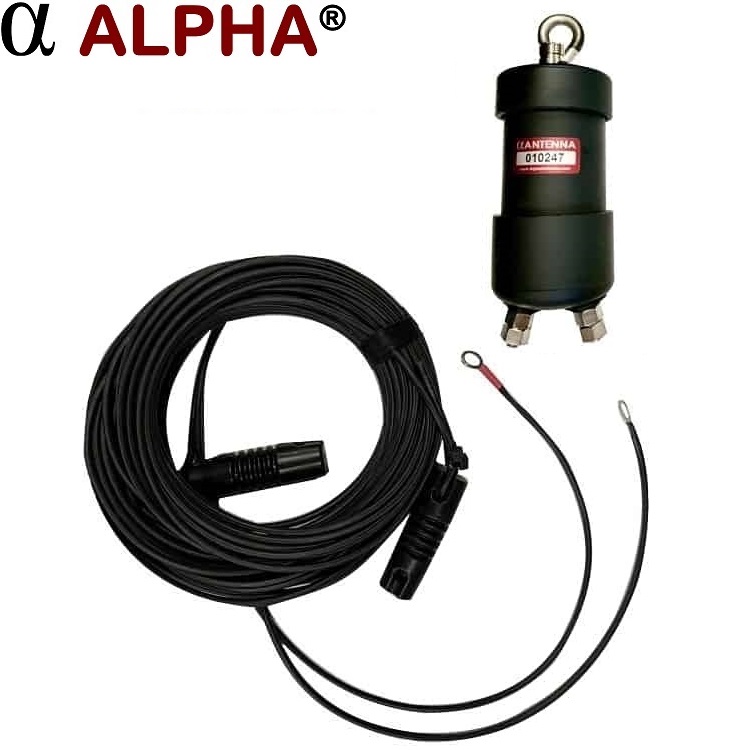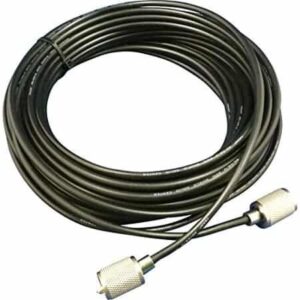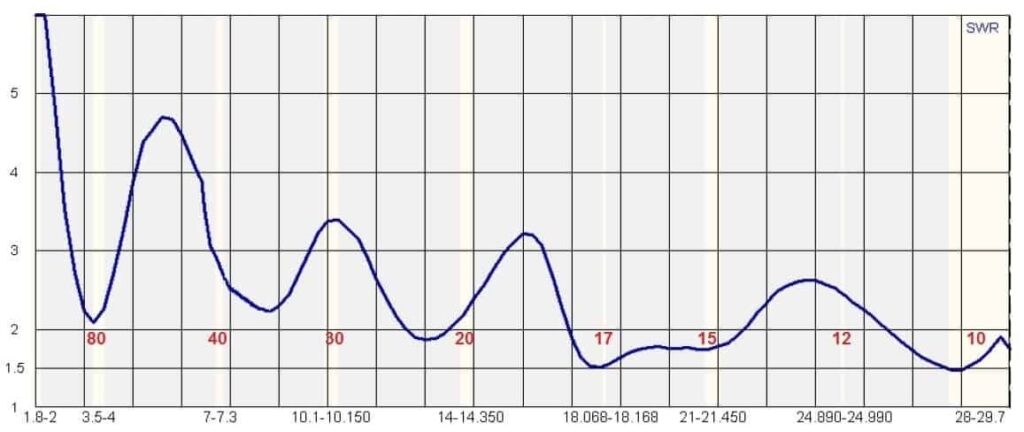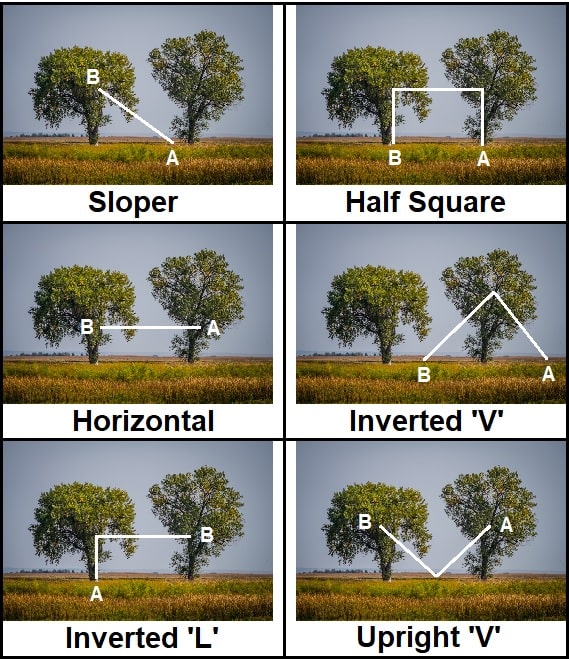60-foot HF end fed antenna for 10-160 meters that enables a tuner to achieve a near perfect SWR, with limited efficiency while using a tuner on 160 meters. Rated #1 by eHam users as the best horizontal end-fed antenna for base operations for over 10 years.
Reviews
Here is what everyone is saying about this system: eHam Reviews
HF End Fed Antenna Specifications
- Frequency Coverage: 1.8-29.7 MHz (160-10 Meters)
- Peak Power: 250 PEP SSB, 125 CW, or 25 watts for digital modes. NOTE – The MIL-STD-188 M110a digital communications mode is rated at bursts of 100 watts digital for up to 1 minute using the MIL-STD Data Modem Terminal (MS-DMT) and Automated Message Terminal (AMT) software applications.
- Length: 60 Feet
- Weight: 1 pound
- Configuration: End fed antenna configurable as Sloped or Horizontal
- Connector: UHF type SO-239
Analysis
| 60 Foot element | |
| Band | SWR |
| 10 Meters | 1.61 |
| 12 Meters | 2.43 |
| 15 Meters | 1.75 |
| 17 Meters | 1.52 |
| 20 Meters | 2.20 |
| 40 Meters | 2.67 |
| 80 Meters | 2.08 |
Deployment
Please visit us at Alpha Antenna – YouTube for instructional videos.
Click Image for the Configurations Page
Specifications, prices, and descriptions are subject to change without notice.
Reviews
| 5 star | 100% | |
| 4 star | 0% | |
| 3 star | 0% | |
| 2 star | 0% | |
| 1 star | 0% |






The best antenna you can have for a smaller backyards, I have 61 countries 311 QSOs in last month, both on SSB and FT8 at 30W. My LDG tuner can Tune all the bands with ease.
Unique design with the counterpoise routed along the radiating wire. I rarely use the antenna tuner my yt-991a has, good > 2.0 match almost across the spectrum with some deviation on 40 meters (2.5 SWR)
Outstanding antenna. It exceeded my expectation especially since I have the feedpoint at a less than ideal height. I am very pleased with it.
Needed a stealth setup so as not to upset my better half. Saw a great review on YouTube by HamJazz and he was spot on!
Finally got the antenna installed today and it meets my expectations. Installed on top of a 6 foot wood fence. Made contacts on East Coast right off the bat from central Illinois. Tried to work California but there was to much QRM. Have not doubt I will cover all of North America and possibly beyond. Thanks Alpha.